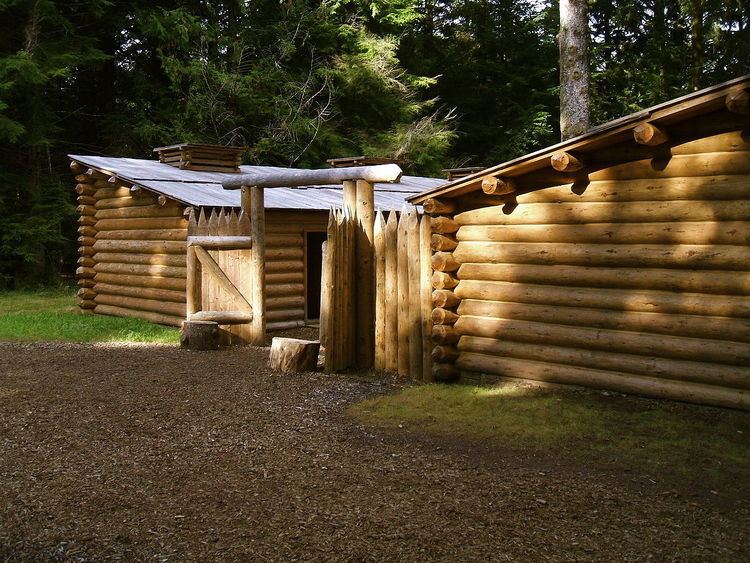Nearest city Portland, Oregon Visitors 191,867 (in 2011) Phone +1 503-861-2471 Year built 1805 | Area 3,303 acres (13.37 km) Governing body National Park Service Established May 29, 1958 | |
 | ||
Location Clatsop County, Oregon and Pacific County, Washington, USA Website Lewis and Clark National Historical Park Address 92343 Fort Clatsop Rd, Astoria, OR 97103, USA Hours Open today · 9AM–10PMThursday9AM–10PMFriday9AM–10PMSaturday9AM–10PMSunday9AM–10PMMonday9AM–10PMTuesday9AM–10PMWednesday9AM–10PM Profiles | ||
4 hours at lewis and clark national historical park
The Lewis and Clark National and State Historical Parks, in the vicinity of the mouth of the Columbia River, commemorate the Lewis and Clark Expedition. Administration of the parks is a cooperative effort of the United States National Park Service and the states of Oregon and Washington, and was dedicated on November 12, 2004.
Contents
- 4 hours at lewis and clark national historical park
- Lewis and Clark National Historical Park
- Ecola State Park
- Fort Stevens State Park
- Sunset Beach State Recreation Area
- Cape Disappointment State Park
- Fort Columbia State Park
- References
After reaching the Pacific Ocean, the Corps of Discovery camped at Fort Clatsop in the winter of 1805–1806. The parks also preserve several landing sites on the north bank of the river in Washington, and other sites in Oregon.
Lewis and Clark National Historical Park
The federal park began as Fort Clatsop National Memorial which was established on May 29, 1958. The memorial was listed on the National Register of Historic Places on October 15, 1966. On October 30, 2004, it was redesignated Lewis and Clark National Historical Park with expanded jurisdiction over multiple sites, including:
Ecola State Park
Ecola was the site of the Corps of Discovery's 1806 trek over difficult terrain to see a beached whale. Today, it features several miles of hiking trails through old growth forest, and several beaches. Haystack Rock and the Needles are visible from many sites in the park. Much of the 1985 film The Goonies was filmed there, the school picnic scene in Kindergarten Cop, and the final scenes of the 1991 film Point Break were filmed at Indian Beach in the park. Scenes from the 2008 movie Twilight were filmed at Indian Beach as well.
Fort Stevens State Park
Fort Stevens, with its 3,700-acre (1,500 ha) park, offers exploration of history, nature, and recreational opportunities. The fort was the primary military defense installation in the three fort Harbor Defense System at the mouth of the Columbia River (Fort Canby and Fort Columbia were other two).
Sunset Beach State Recreation Area
Sunset Beach is the terminus of the Fort To Sea Trail, which begins in Fort Clatsop. Sunset Beach also provides visitors with direct access to the Pacific Ocean with expansive views from Cape Disappointment to the north and Ecola State Park to the South.
Cape Disappointment State Park
Cape Disappointment, formerly known as Fort Canby State Park, is a 1,882-acre (762 ha) camping park on the Long Beach Peninsula, fronted by the Pacific Ocean. The park offers 27 miles (43 km) of ocean beach, two lighthouses, an interpretive center and hiking trails. The Cape Disappointment Historic District was listed on the National Register on August 15, 1975.
Fort Columbia State Park
Fort Columbia is an old coastal artillery post along the north side of the Columbia river outlet. At 593 acres (240 ha), the park includes an interpretive center focused on the fort and regional history.
Chinook Point, the site from which an American captain, Robert Gray, first saw the Columbia River, is part of the park. His explorations gave the United States a strong position in its later territorial contests with Great Britain. Chinook Point was named a National Historic Landmark in 1961.
